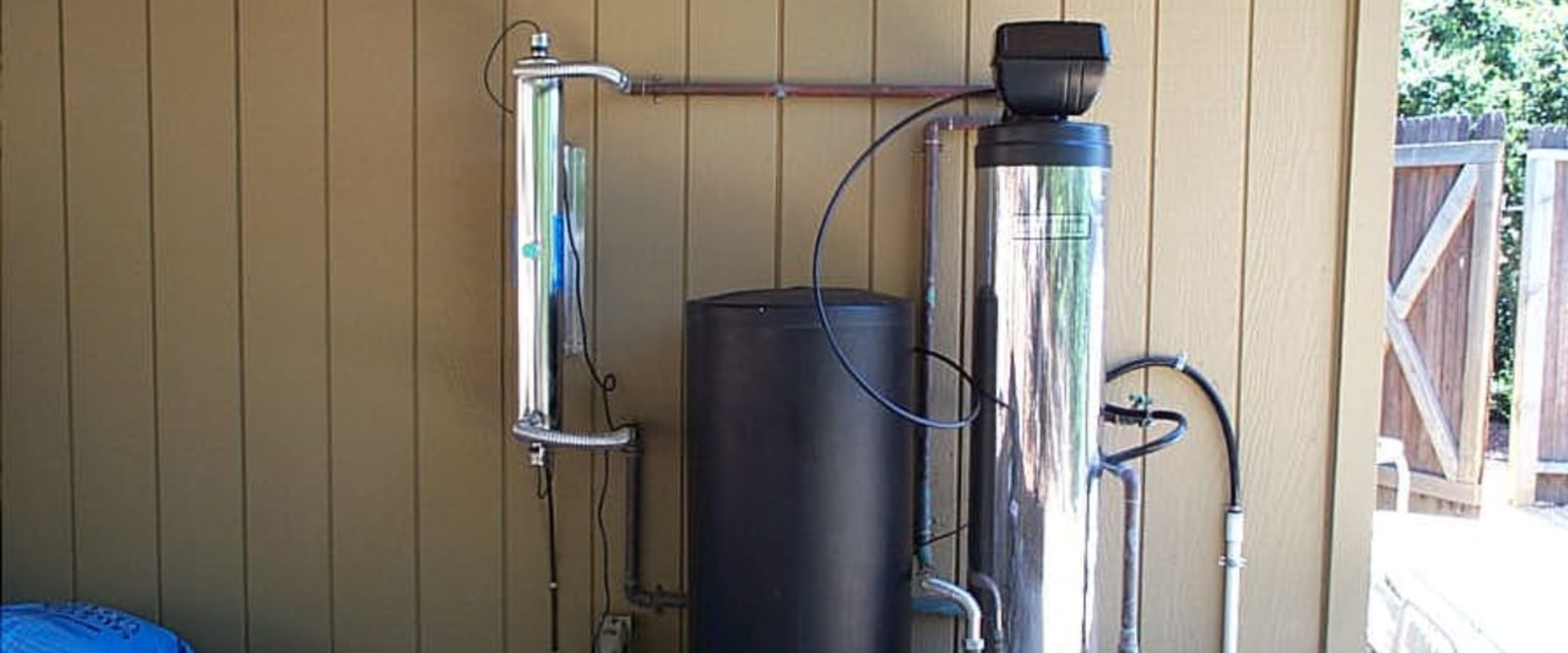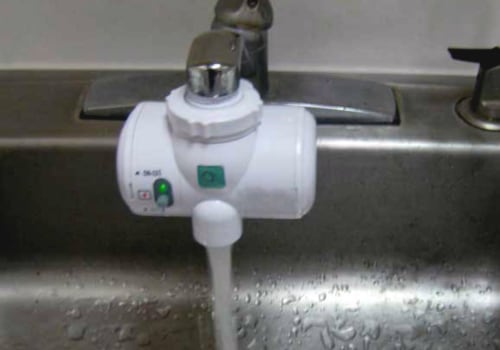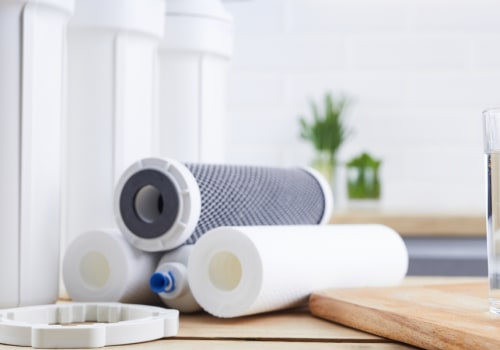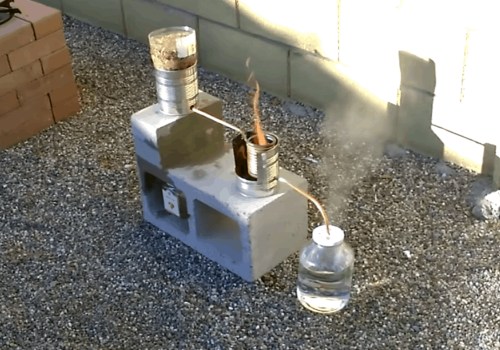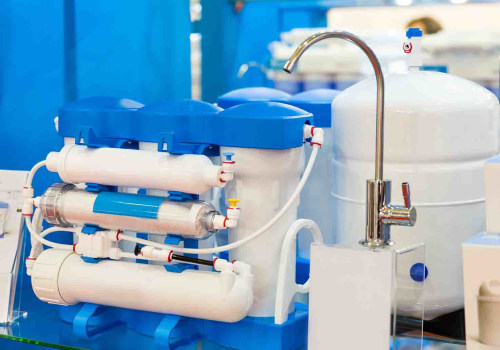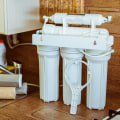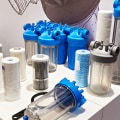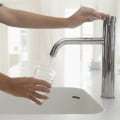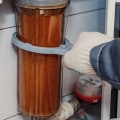Once the flocs have settled at the bottom of the water, the clear liquid from the top is filtered to separate additional solids from the water. During filtration, clean water passes through filters that have different pore sizes and are made of different materials (such as sand, gravel, and charcoal). These filters remove dissolved particles and germs, such as dust, chemicals, parasites, bacteria and viruses. Activated carbon filters also eliminate bad odors.
UV filters work by passing water through a chamber that contains a UV lamp. As water flows through the chamber, UV light attacks and kills any microorganisms present, including bacteria, viruses and protozoa. It is important to note that UV-treated water should not be consumed until it has passed through the UV filter, as UV light does not make the water suitable for drinking immediately. Ultraviolet light and ozone are effective disinfection methods in the treatment plant, but these disinfection methods don't continue to kill germs as water travels through the pipes between the treatment plant and the faucet.
The external reverse osmosis icon is another filtration method that removes additional particles from the water. To help keep water safe when it reaches homes and businesses, water treatment plants will ensure that the water has low levels of chemical disinfectant when it leaves the treatment plant. After filtering the water, water treatment plants can add one or more chemical disinfectants (such as chlorine, chloramine, or chlorine dioxide) to kill any remaining parasites, bacteria, or viruses. A UV lamp is the heart of the UV sterilizing system and must be well maintained to ensure that the UV system can keep harmful viruses and bacteria out of the water.
If you opt for UV rays, keep in mind that it is quite possible that a separate pre-filter (and even a water softener) will be needed in addition to the ultraviolet system. Adjusting the pH improves flavor, reduces corrosion (breakage) of pipes and ensures that chemical disinfectants continue to kill germs as water passes through the pipes. The United States Department of Health has determined that an effective UV system must provide a minimum of 30,000 millijoules per square centimeter for drinking water applications. While UV disinfection of water has many advantages, some attention must be paid to the challenges it poses.
The entire process of exposing water to UV light is carried out in a closed container that poses no risk to family or pets. In addition to eliminating microorganisms, UV filters can also remove other impurities from water, such as chlorine, chloramines and other chemicals that can have a negative impact on the taste and smell of water. This filter only allows water and other small molecules (such as salts and tiny charged molecules) to pass through.
